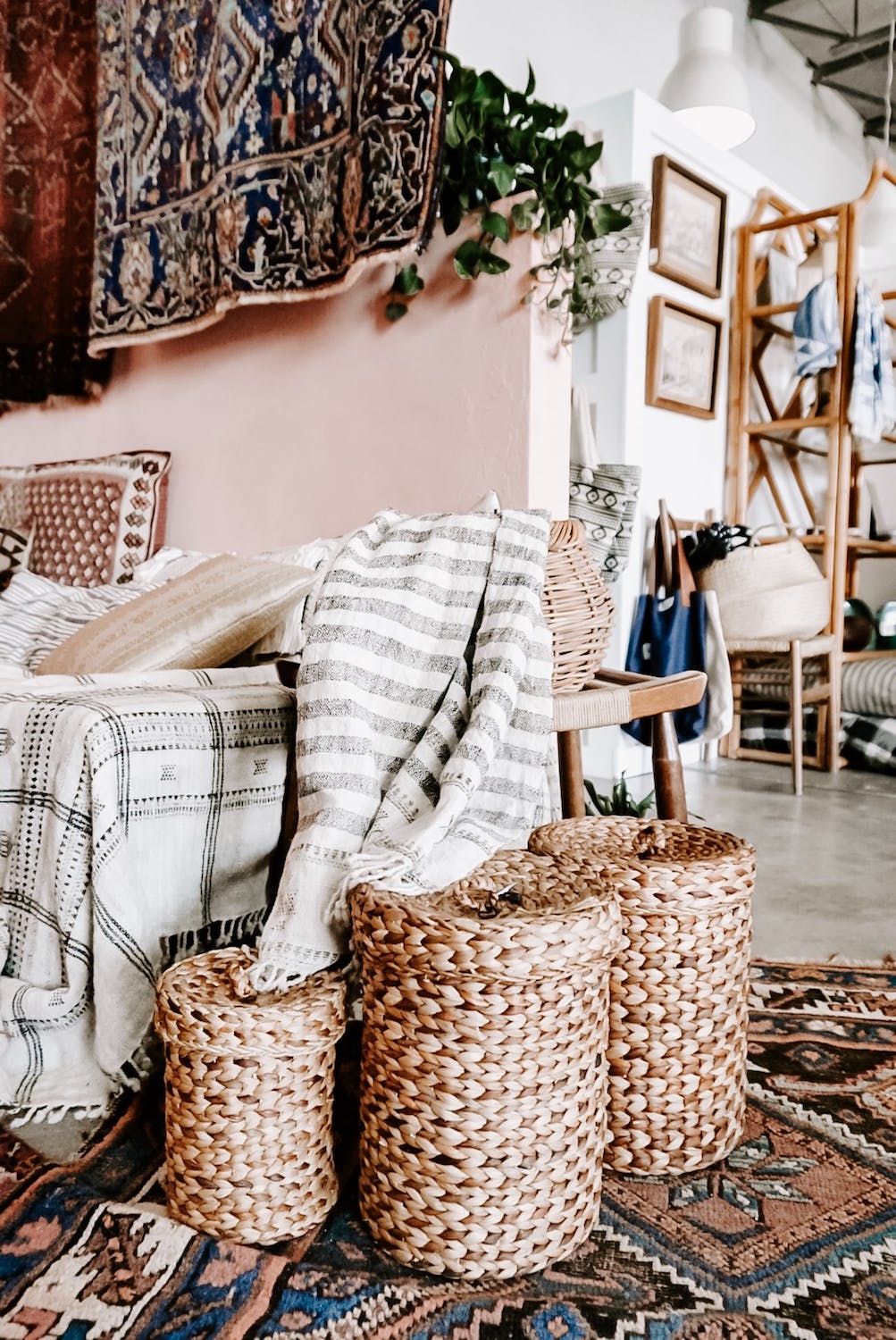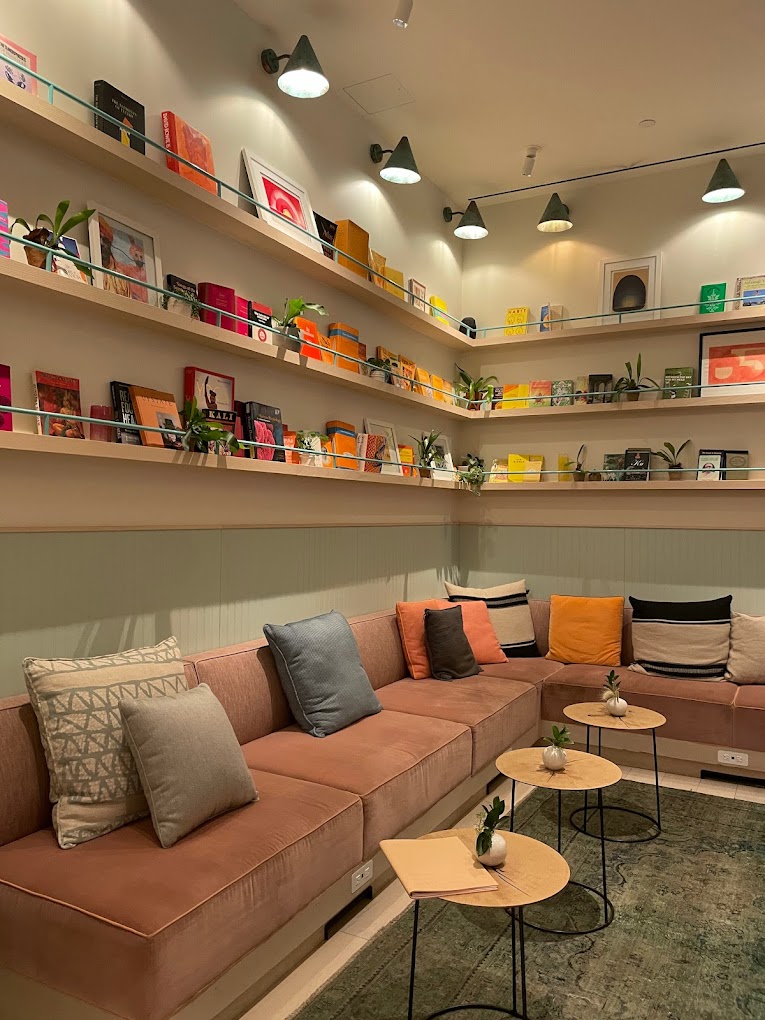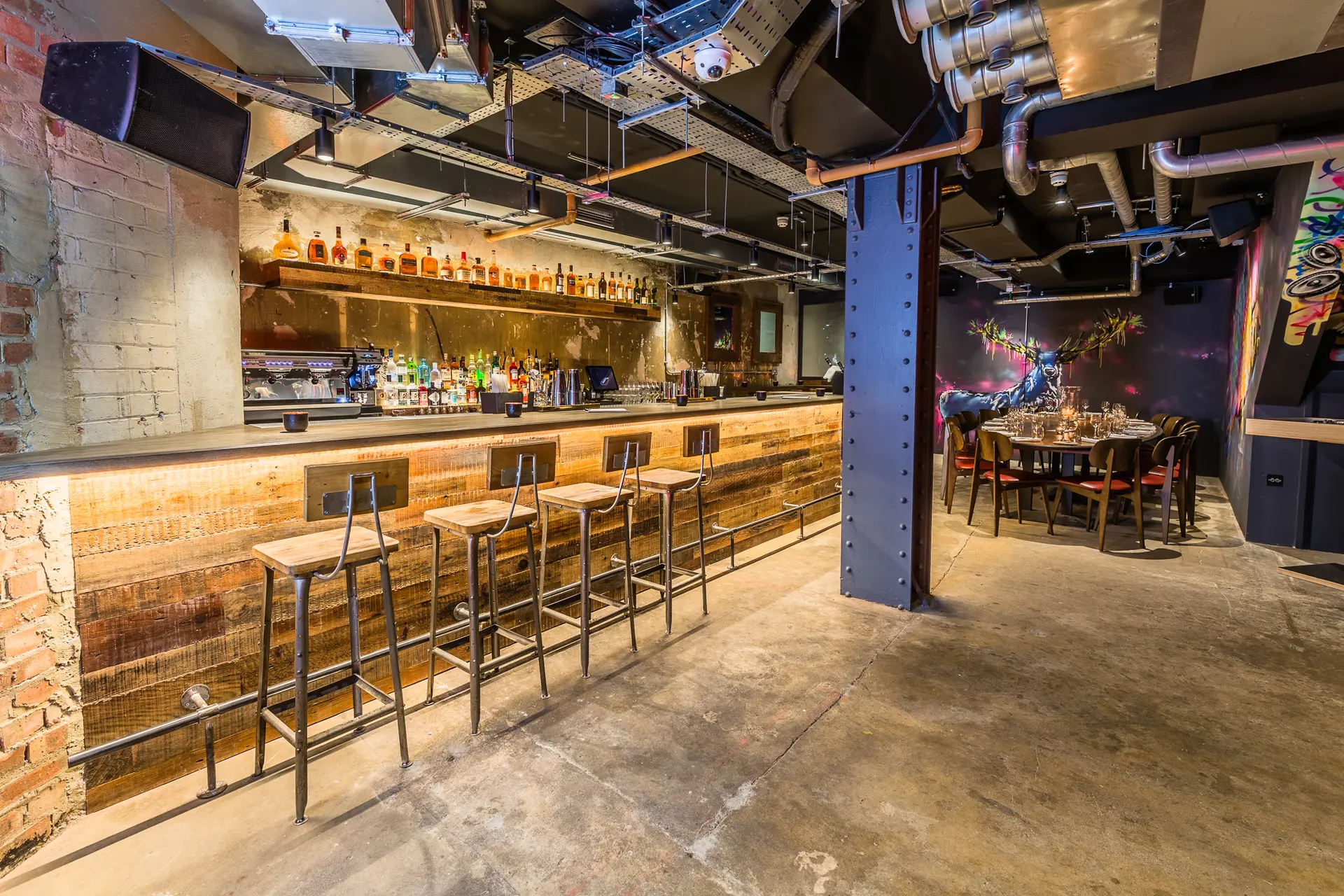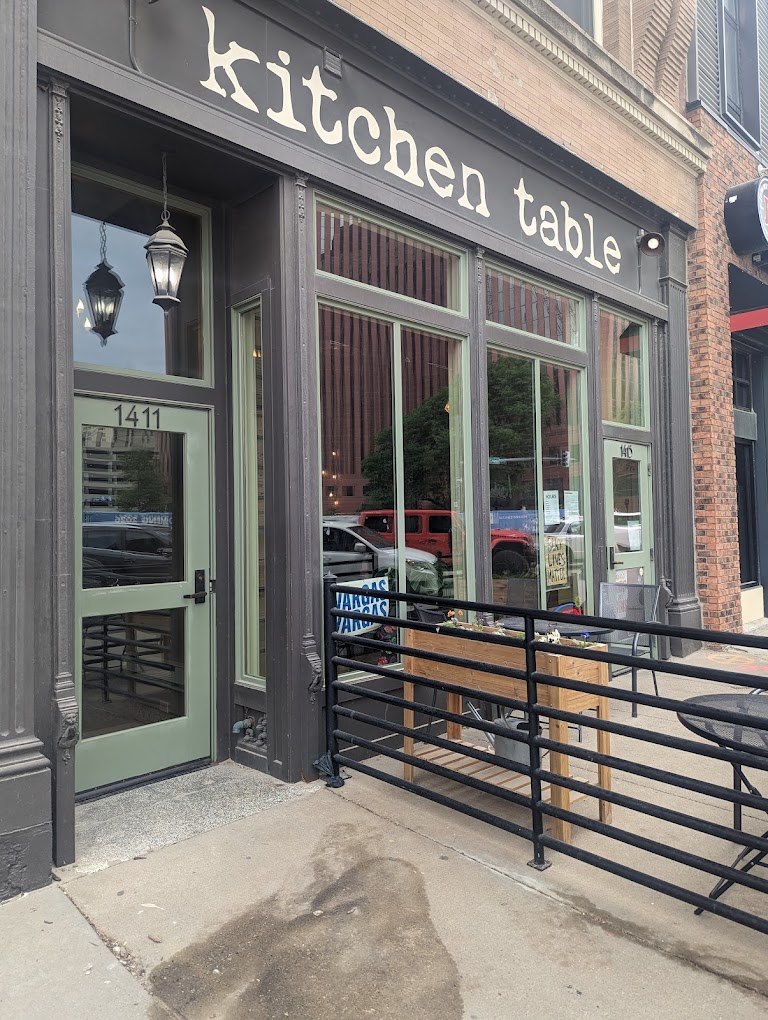The Simplest Fix for Wavy Dining Room Rugs
So you just purchased a beautiful dining room area rug, carefully measured to fit underneath your table and chairs perfectly. But after a few weeks you notice annoying ripples and waves developing across the rug’s surface, disrupting the once smooth appearance. How to get waves out of a dining table rug? Don’t panic! Here’s an incredibly easy solution to smooth out the wrinkles and prevent future bunching under your dining set.This guide covers simple everyday methods all the way up to more advanced rug re-stretching.
Why Do Rugs Develop Waves?
Understanding the causes of rug wrinkling and rippling can help prevent reoccurrence under your dining set after smoothing. Most often, natural shifts in temperature and humidity will subtly stretch and relax rug fibers over the first few months in a home. If installed during hotter weather, contraction in winter condenses the fibers. Without proper traction underneath, this creates gaps along edges where bubbling starts.
Excess movement across the surface is another culprit. Dining room rugs suffer frequent pushing, scraping and readjustments from table and chair legs during meals. This strains and loosens the rug’s backing over time. Smooth floors provide little resistance against this movement.
Weight it Down
The quickest, most effective way to tackle waves forming in a dining room rug is using plain old books or heavy bookends. Place heavy objects like books or bookends along the edges and corners of the rug.Simply line the problem edges with the bookends or neatly stack books on top to weigh down those areas. Two to four books per wrinkled corner should do the trick. Be sure to concentrate the weight at the actual raised or curling spots.
Focus on troubled spots that are flipping up. The extra weight presses the rug backing securely to the floor, encouraging it to lay flat. Rotate the weights every few days to flatten any slightly raised areas.

Stretch Out Under Furniture Legs
Weight and ironing fix slightly puffed areas, but rug crinkling near the edges of furniture require a more targeted approach. Carefully lift the legs of your dining table or kitchen chairs a few inches to access the rug below. Gently tug and stretch out the compressed rug fibers so they lay as smooth as the surrounding area.
You can also place small pieces of carpet protector pads under each furniture leg. This puts a buffer between the heavy leg and rug, preventing future indentation. Keep stretching and smoothing the areas under chair and table legs as crinkles reappear.
Iron Out Problematic Areas
For more stubborn rug ripples, break out your steam iron. Make sure to set it to a rayon/wool/synthetic fabric setting to avoid scorching delicate rug fibers. Gently hover and press the hot iron just over the underside of a wavy area to reheat the rug backing. Apply light pressure as you move across to smooth and re-adhere that section of backing to the floor beneath.
Be extremely careful during this process to not allow the iron to directly contact the rug pile. Test in an inconspicuous location first and work in increments to safely flatten parts little by little.
Professional Rug Re-stretching
For extreme, all over rippling from loss of rug backing tension, your best solution is professional re-stretching. A rug specialist uses special equipment to safely re-adhere and tighten every inch of backing throughout the entire underside. This removes waves and lays the face fibers perfectly smooth again.
However, re-stretching requires completely clearing dining furniture off the rug then transporting to their facility. So the process works best during a preexisting room renovation or redecoration. Schedule an appointment with an expert rug cleaner when you have flexibility.
Added Prevention Tips
How to get waves out of a dining table rug ? Along with weighting trouble spots, try these extra steps to keep your dining rug laying neatly flat:
- Install quality nonslip rug padding underneath, especially near edges
- Apply double sided carpet tape around perimeter to grip floor
- Spray latex backing with rug anti slip coating
- Lift furniture legs and gently stretch wrinkles smooth
- Consider lower-pile or indoor/outdoor rugs for durability
Some strategic book weights or bookends along the edges should easily smooth out fresh waves forming in dining rugs. Combine with preventive traction methods underneath for lasting flatness.
Know when bubbling, stench or heavy deterioration make replacement the wisest option. With just a little TLC, your beautiful dining rug can maintain its good looks and functionality for years of family meals.To minimize waviness or buckling developing again after flattening your dining rug, try rug pad edging.
Use double sided tape to attach strips of nonslip padding around the entire perimeter underneath. This cradles and gently grips edges down, creating a smooth surface and preventing future flipping.You can also apply rug anti slip spray to the backing which keeps it firmly in position instead of sliding around on hard floors. Be extremely cautious that liquids don’t permeate delicate front woven fibers.
Be extremely careful that all sprays, liquids or pads don’t permeate through to the visible rug face fibers. Test first in an inconspicuous location if applying any topical solutions.
When To Replace Wavy Dining Rugs
Evaluate the level of damage before sinking more money into re-stretching an already worn and misshapen rug. Choose durable low pile synthetic dining rugs instead for easier care and longevity.If smoothing techniques and preventive measures fail to keep your dining rug flat, it may be time to replace it altogether. Excessive rippling or bubbles that quickly reappear likely indicate a permanent loss of shape in the original fibers or a completely detached backing.
If your dining rug develops irreversible large waves, has backing completely detached, or shows signs of mold or rotting, replacement may be your best option. Natural fiber rugs like wool or cotton with heavy traffic around dining chairs can compress and wear out over time.
In summary, try weights, spot ironing, leg stretching, professional re-stretching services, and anti slip products when attempting to fix dining area rug waves. But know when to cut your losses and start fresh with a new wrinkle-resistant rug.










